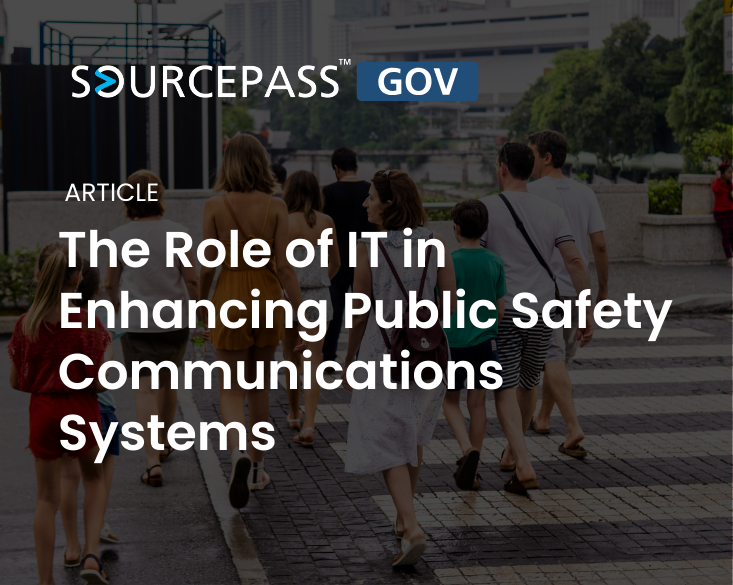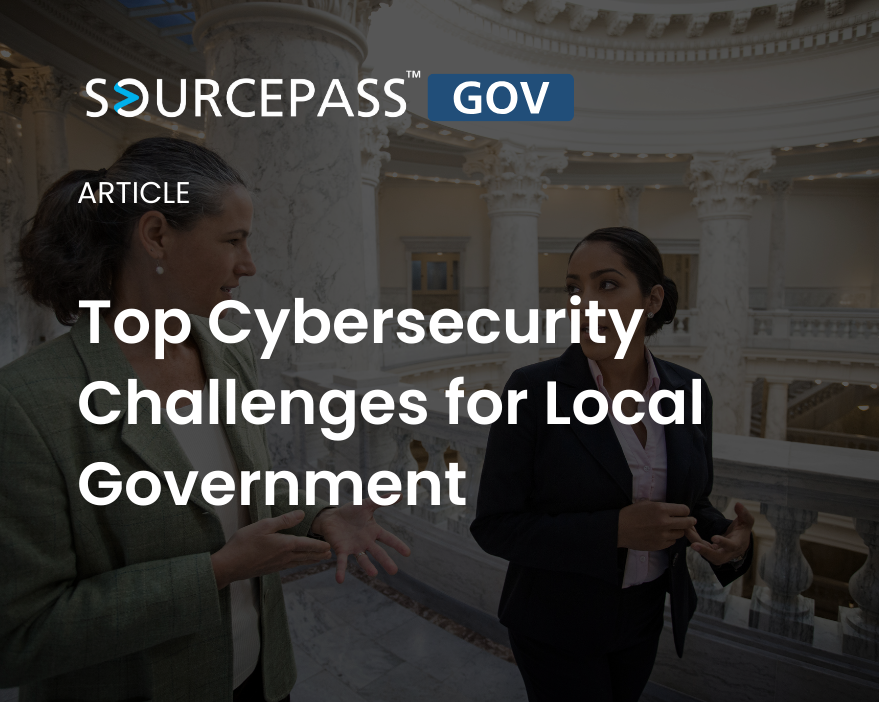3 min read
Top 10 Priorities for State Chief Information Officers
More than halfway through 2025, state Chief Information Officers (CIOs) continue to navigate a dynamic landscape of technological advancements and...
2 min read
Alex Davis : Feb 20, 2025 11:46:17 AM

In today’s rapidly evolving technological landscape, public safety agencies rely on robust communication systems to protect communities and respond to emergencies effectively.
From first responders to law enforcement and emergency management teams, seamless communication is critical for coordination, situational awareness, and timely decision-making.
Information technology (IT) plays a pivotal role in modernizing and enhancing these systems, ensuring they meet the demands of 21st-century challenges.
Public safety agencies face several challenges that underscore the need for IT-driven solutions:
One of the most significant contributions of IT is enabling different agencies and jurisdictions to communicate seamlessly. Interoperability ensures that responders can share information quickly and effectively, especially during emergencies that involve multiple organizations.
IT Solutions:
IT enables the collection, analysis, and dissemination of real-time data to improve situational awareness.
Benefits:
Public safety communication systems are prime targets for cyberattacks. IT solutions help secure these networks and ensure uninterrupted operations.
Cybersecurity Measures:
IT leverages artificial intelligence (AI) and advanced analytics to improve efficiency and resource allocation.
Applications:
Building resilient IT infrastructure ensures that communication systems remain operational during disasters.
Strategies:
Modern IT systems also support two-way communication between public safety agencies and the community, fostering trust and collaboration.
Tools:
IT is transforming public safety communications by making them more efficient, secure, and adaptable.
By leveraging modern technologies, agencies can improve their coordination, protect their infrastructure, and respond to incidents faster and more effectively. Investing in IT-driven solutions is not just about keeping up with the times; it’s about building safer, more resilient communities.
At Sourcepass GOV, we specialize in empowering public safety organizations with cutting-edge IT solutions tailored to their needs. Contact us today to learn how we can help modernize your communication systems and enhance your operations.

3 min read
More than halfway through 2025, state Chief Information Officers (CIOs) continue to navigate a dynamic landscape of technological advancements and...

2 min read
Protecting student data is a top priority for school districts. New York's Education Law §2-d, enacted during the 2014-2015 fiscal year, sets forth...

3 min read
Ransomware attacks are a significant threat to state and local governments. These attacks can cripple essential services, compromise sensitive data,...

In the public sector, safeguarding your most sensitive data is a top priority. Whether it’s personal information of citizens, private student...

In 2025, local governments across the United States are dealing with new and emerging cyber threats. As technology evolves, so do the tactics of...

The public sector faces increasing pressure to modernize its IT infrastructure and services. However, budget constraints often pose significant...